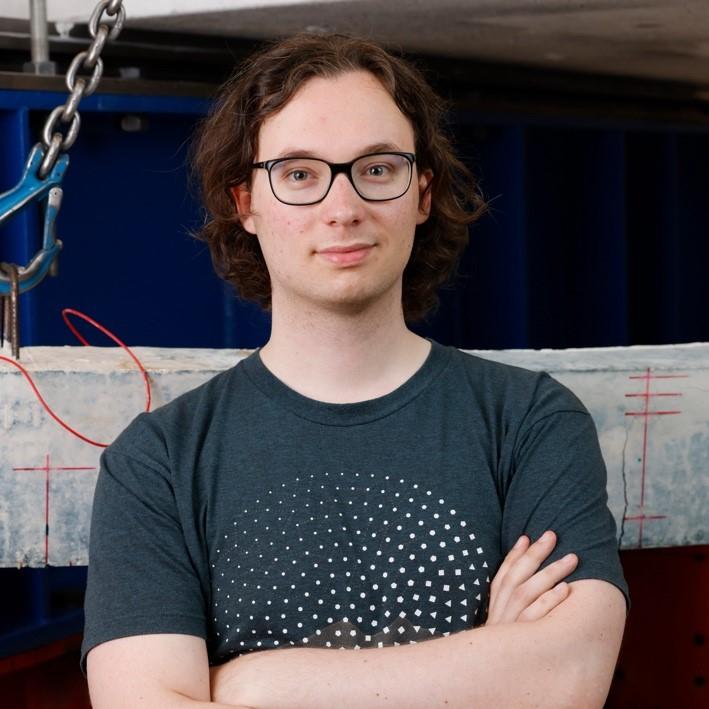Critical raw materials are one of the main enablers of modern technologies. However, at the moment we are almost completely dependent on polluting mining practices as end-of-life recycling is close to zero due to low concentrations in discarded products. This is not the case for electronic components (ECs) from printed circuit boards where the CRMs are concentrated in specific types. Therefore, we should aim to sort the ECs using simple and cheap mechanical sorting technologies.
By innovating on old mechanical sorting technologies, it is possible to separate electronic components from discarded printed circuit boards and allow the recovery of the critical raw materials therein.
 First of all, we can separate the small, medium and large ECs from each other by sieving. Secondly, a roll sorter is employed consisting of two counter rotating cylinders with a gap between them. Over the length of the machine this gap is widened allowing the separation of thin ECs, like chips, from similarly sized but thicker ECs. Another innovation is a new type of overbelt ferromagnetic separator. By placing the magnet at an angle within the belt it is possible to decrease the magnetic strength over the length of the machine, resulting in a continuous instead of binary separation.
First of all, we can separate the small, medium and large ECs from each other by sieving. Secondly, a roll sorter is employed consisting of two counter rotating cylinders with a gap between them. Over the length of the machine this gap is widened allowing the separation of thin ECs, like chips, from similarly sized but thicker ECs. Another innovation is a new type of overbelt ferromagnetic separator. By placing the magnet at an angle within the belt it is possible to decrease the magnetic strength over the length of the machine, resulting in a continuous instead of binary separation.
Lastly, magnetic density separation is used to further process the non-magnetic ECs based on their density. Here a bath of ferrofluid is placed upon a magnet where the density of the ferrofluid depends on the vertical distance to the magnet. When all these machines are combined it is possible to create a good degree of separation between different EC types allowing the recovery of their CRMs and thus creating a more circular world.
